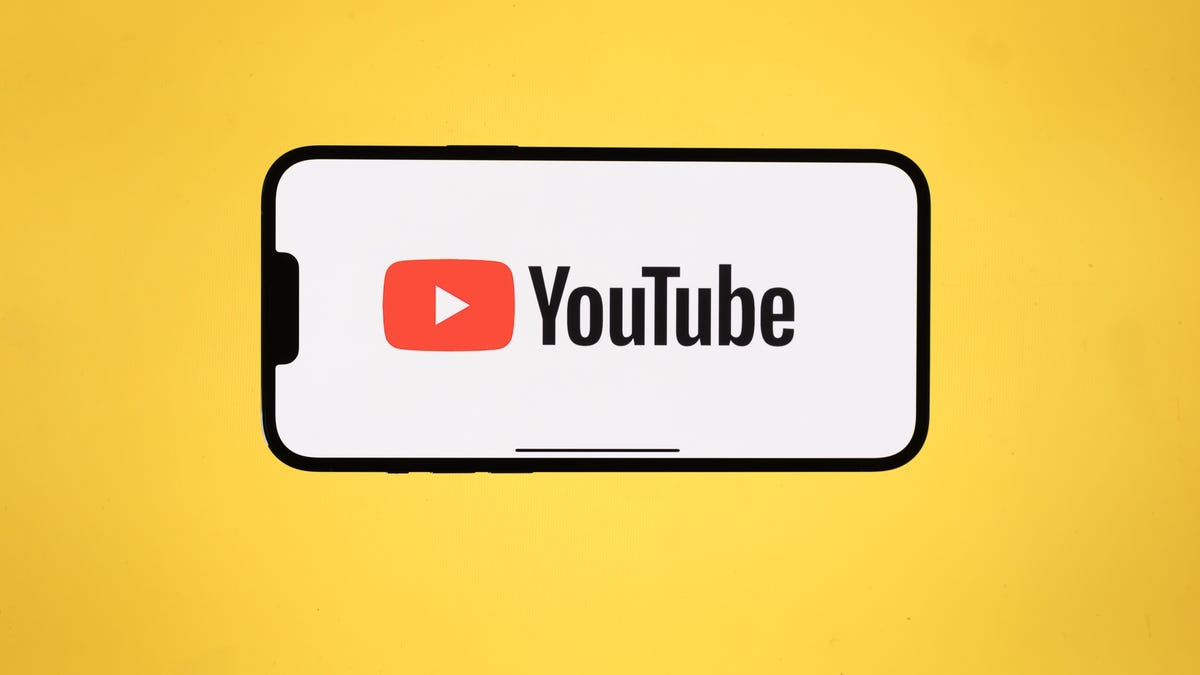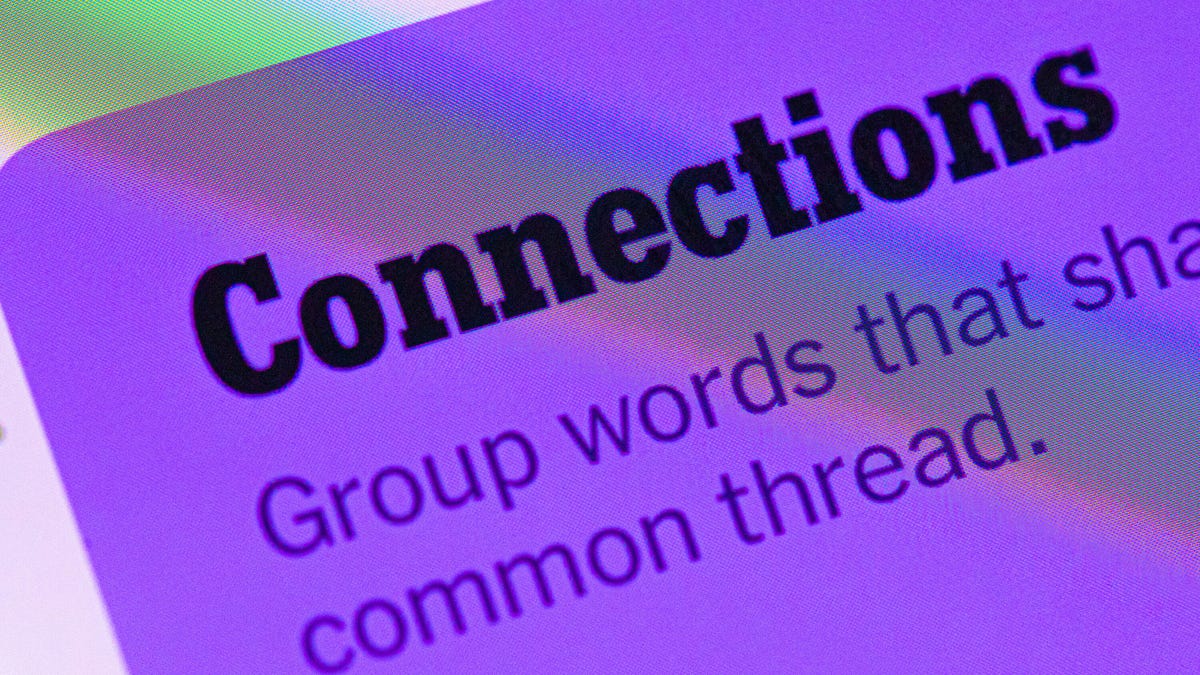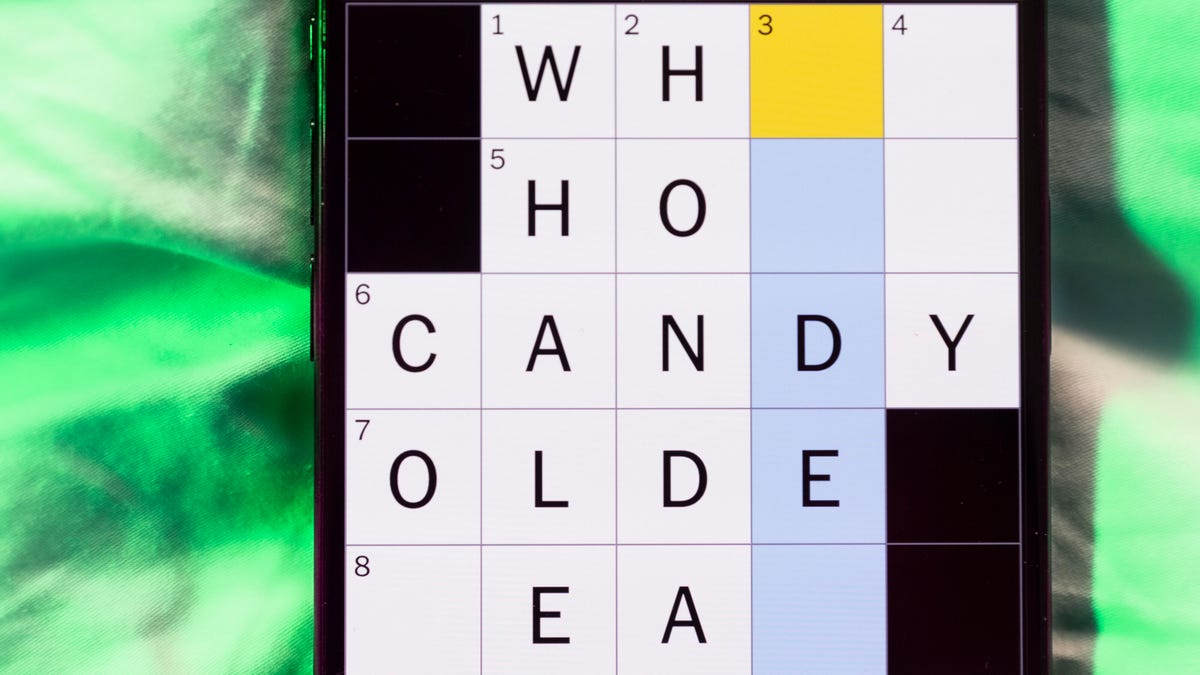Technologies
YouTube Launches Video Program Creating a Pathway to Real College Credits
Using YouTube videos as a launchpad to Arizona State University virtual courses, people can work toward first-year college credit with little upfront cost.

YouTube is kicking off a series of online courses that can progress into earning official, transferable college credits, an initiative aimed at breaking down cost and accessibility barriers to higher education.
The program, called College Foundations, is an extension of YouTube’s existing partnership with Arizona State University and educational video company Crash Course, which was launched by internet creators Hank and John Green. The partners have been posting college-related videos for nearly a year on the YouTube channel Study Hall, with nearly 42,000 followers.
Starting Tuesday, people can sign up for up to four courses on the Study Hall channel, which will begin on March 7. Collectively called College Foundations, the first four courses are English Composition, College Math, US History and Human Communication, which the partners said were selected for being among the most common elements of a first-year, general-education college curriculum. The College Foundations series is planned to expand to 12 courses by January 2025.
The videos in these courses on Study Hall are free to watch. If learners are interested in pursuing college credits, they can pay $25 to participate in full online courses mapped to those subjects offered by ASU, including direct interaction with other students and faculty. These formal coursework programs last seven weeks, and if students are unsatisfied with their grade, they can retake the $25 course again without penalty until they’ve earned the grade they want.
The highest price comes if students wish to unlock college credits. A credit free is $400 per course, though people who sign up before March 7 qualify for a «scholarship» price of $350 each. The amount may give some people sticker shock, but YouTube and its partners said it represents less than one-third the average course cost at a public four-year university for in-state students and is nearly 90% lower than the average course cost of a private four-year university.
The credits can then be used at any institution that accepts ASU credits.
Ideally, the College Foundations program would also give learners confidence that they can handle college-level coursework — and start earning credit toward a degree — before committing to the greater expense and effort of applying for college, according to Katie Kurtz, the global head of learning at YouTube. As the series widens to 12 courses, students could accumulate «an entire full year of college credits before you’ve even had to apply,» she added.
This extension of their partnership into transferable college credits heightens YouTube’s ongoing interest in education. YouTube itself — with more 2 billion monthly users and a tight connection to the world’s most pervasive internet search engine — is one of the most impactful sources of online information on Earth. YouTube CEO Susan Wojcicki, the daughter of a professor and a teacher, routinely touts YouTube as a educational resource.
«YouTube is where the world comes to learn,» Wojcicki said in a statement about new program. «By partnering with ASU and Crash Course, we are excited to use our platform to give learners the tools they need to pursue higher education while also making the path more accessible and affordable.»
Kurtz said none of the fees associated with the College Foundations credit-earning courses generate revenue for YouTube, and the Study Hall channel, which is a collaboration of ASU and Crash Course, doesn’t have advertising. (Crash Course has its own YouTube channel, which does have ads; some Study Hall videos coexist on the Crash Course channel.)
She characterized the project as a product of more than four years working to figure out ways the informal learning that people glean from YouTube can be part of a pathway to more formal learning experiences, one where learners’ acquired knowledge gets some external recognition. «This is one enhancement of many that you’ll be seeing,» she said.
Technologies
Today’s NYT Connections Hints, Answers and Help for Nov. 24, #897
Today’s Connections puzzle is kind of tough. Here are hints, answers and help for Nov. 24, #897.

Looking for the most recent Connections answers? Click here for today’s Connections hints, as well as our daily answers and hints for The New York Times Mini Crossword, Wordle, Connections: Sports Edition and Strands puzzles.
Today’s NYT Connections puzzle is kind of tough. The purple category once again wants you to find hidden words inside other words. If you need help sorting the words into groups, you’re in the right place. Read on for clues and today’s Connections answers.
The Times now has a Connections Bot, like the one for Wordle. Go there after you play to receive a numeric score and to have the program analyze your answers. Players who are registered with the Times Games section can now nerd out by following their progress, including the number of puzzles completed, win rate, number of times they nabbed a perfect score and their win streak.
Read more: Hints, Tips and Strategies to Help You Win at NYT Connections Every Time
Hints for today’s Connections groups
Here are four hints for the groupings in today’s Connections puzzle, ranked from the easiest yellow group to the tough (and sometimes bizarre) purple group.
Yellow group hint: Like an air fryer.
Green group hint: In your vehicle.
Blue group hint: Take out your laptops, dump out your water.
Purple group hint: Like a rainbow.
Answers for today’s Connections groups
Yellow group: Small kitchen appliances.
Green group: Features of a car’s center console.
Blue group: Seen while going through airport security.
Purple group: Ending in colors.
Read more: Wordle Cheat Sheet: Here Are the Most Popular Letters Used in English Words
What are today’s Connections answers?
The yellow words in today’s Connections
The theme is small kitchen appliances. The four answers are blender, microwave, rice cooker and toaster.
The green words in today’s Connections
The theme is features of a car’s center console. The four answers are air conditioner, cup holder, radio and shifter.
The blue words in today’s Connections
The theme is seen while going through airport security. The four answers are bin, carry-on, metal detector and X-ray.
The purple words in today’s Connections
The theme is ending in colors. The four answers are infrared, marigold, stingray and ultraviolet.
Don’t miss any of our unbiased tech content and lab-based reviews. Add CNET as a preferred Google source.
Toughest Connections puzzles
We’ve made a note of some of the toughest Connections puzzles so far. Maybe they’ll help you see patterns in future puzzles.
#5: Included «things you can set,» such as mood, record, table and volleyball.
#4: Included «one in a dozen,» such as egg, juror, month and rose.
#3: Included «streets on screen,» such as Elm, Fear, Jump and Sesame.
#2: Included «power ___» such as nap, plant, Ranger and trip.
#1: Included «things that can run,» such as candidate, faucet, mascara and nose.
Technologies
Today’s NYT Connections: Sports Edition Hints and Answers for Nov. 24, #427
Here are hints and the answers for the NYT Connections: Sports Edition puzzle for Nov. 24, No. 427.

Looking for the most recent regular Connections answers? Click here for today’s Connections hints, as well as our daily answers and hints for The New York Times Mini Crossword, Wordle and Strands puzzles.
Music lovers, today’s Connections: Sports Edition has a fun green category for you. You’ll recognize some familiar phrases in the grid, I think. If you’re struggling with today’s puzzle but still want to solve it, read on for hints and the answers.
Connections: Sports Edition is published by The Athletic, the subscription-based sports journalism site owned by The Times. It doesn’t appear in the NYT Games app, but it does in The Athletic’s own app. Or you can play it for free online.
Read more: NYT Connections: Sports Edition Puzzle Comes Out of Beta
Hints for today’s Connections: Sports Edition groups
Here are four hints for the groupings in today’s Connections: Sports Edition puzzle, ranked from the easiest yellow group to the tough (and sometimes bizarre) purple group.
Yellow group hint: Not long pants.
Green group hint: Sing out.
Blue group hint: Gridiron guys who share a name.
Purple group hint: Like a law.
Answers for today’s Connections: Sports Edition groups
Yellow group: Types of shorts.
Green group: Popular arena/stadium songs.
Blue group: Football Drews.
Purple group: ____ rule.
Read more: Wordle Cheat Sheet: Here Are the Most Popular Letters Used in English Words
What are today’s Connections: Sports Edition answers?
The yellow words in today’s Connections
The theme is types of shorts. The four answers are basketball, bike, compression and gym.
The green words in today’s Connections
The theme is popular arena/stadium songs. The four answers are Eye of the Tiger, Jump Around, Sandstorm and Thunderstruck.
The blue words in today’s Connections
The theme is football Drews. The four answers are Bledsoe, Brees, Lock and Pearson.
The purple words in today’s Connections
The theme is ____ rule. The four answers are infield fly, mercy, tuck and unwritten.
Don’t miss any of our unbiased tech content and lab-based reviews. Add CNET as a preferred Google source.
Technologies
Today’s NYT Mini Crossword Answers for Monday, Nov. 24
Here are the answers for The New York Times Mini Crossword for Nov. 24.

Looking for the most recent Mini Crossword answer? Click here for today’s Mini Crossword hints, as well as our daily answers and hints for The New York Times Wordle, Strands, Connections and Connections: Sports Edition puzzles.
Need some help with today’s Mini Crossword? Two down might be my favorite clue, and answer, this puzzle has ever offered. Read on for all of the answers. And if you could use some hints and guidance for daily solving, check out our Mini Crossword tips.
If you’re looking for today’s Wordle, Connections, Connections: Sports Edition and Strands answers, you can visit CNET’s NYT puzzle hints page.
Read more: Tips and Tricks for Solving The New York Times Mini Crossword
Let’s get to those Mini Crossword clues and answers.
Mini across clues and answers
1A clue: Prefix for some music genres
Answer: ALT
4A clue: Fab ___ (nickname for the Beatles)
Answer: FOUR
6A clue: Eagle’s claw
Answer: TALON
8A clue: Fab ___ (nickname for a noted University of Michigan basketball team)
Answer: FIVE
9A clue: Congregant’s seat
Answer: PEW
Mini down clues and answers
1D clue: Boat’s rear
Answer: AFT
2D clue: Shape of a cat with its legs tucked under itself
Answer: LOAF
3D clue: Flower that’s the subject of Dutch festivals
Answer: TULIP
5D clue: Wander aimlessly
Answer: ROVE
7D clue: Like many shows at the top of the Netflix queue
Answer: NEW
Don’t miss any of our unbiased tech content and lab-based reviews. Add CNET as a preferred Google source.
-

 Technologies3 года ago
Technologies3 года agoTech Companies Need to Be Held Accountable for Security, Experts Say
-

 Technologies3 года ago
Technologies3 года agoBest Handheld Game Console in 2023
-

 Technologies3 года ago
Technologies3 года agoTighten Up Your VR Game With the Best Head Straps for Quest 2
-

 Technologies4 года ago
Technologies4 года agoBlack Friday 2021: The best deals on TVs, headphones, kitchenware, and more
-

 Technologies4 года ago
Technologies4 года agoVerum, Wickr and Threema: next generation secured messengers
-

 Technologies4 года ago
Technologies4 года agoGoogle to require vaccinations as Silicon Valley rethinks return-to-office policies
-

 Technologies4 года ago
Technologies4 года agoOlivia Harlan Dekker for Verum Messenger
-

 Technologies4 года ago
Technologies4 года agoiPhone 13 event: How to watch Apple’s big announcement tomorrow
